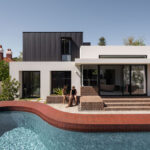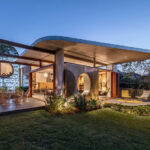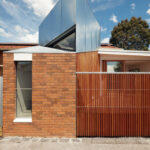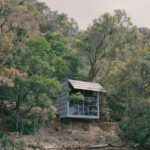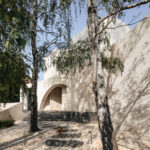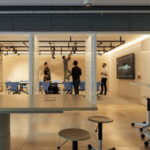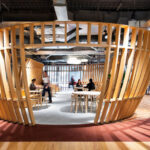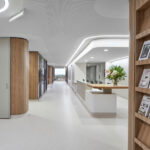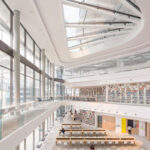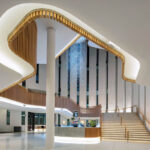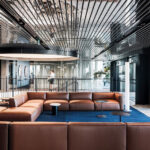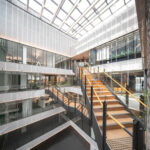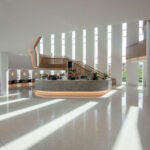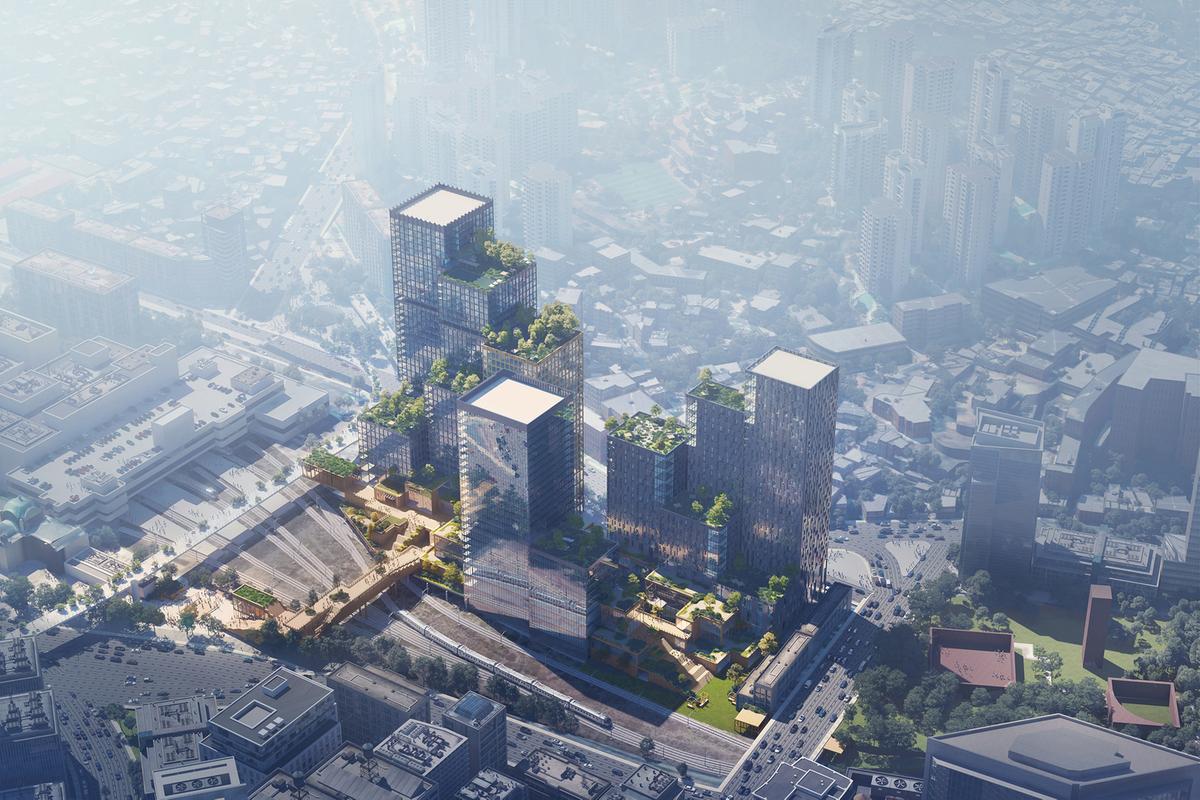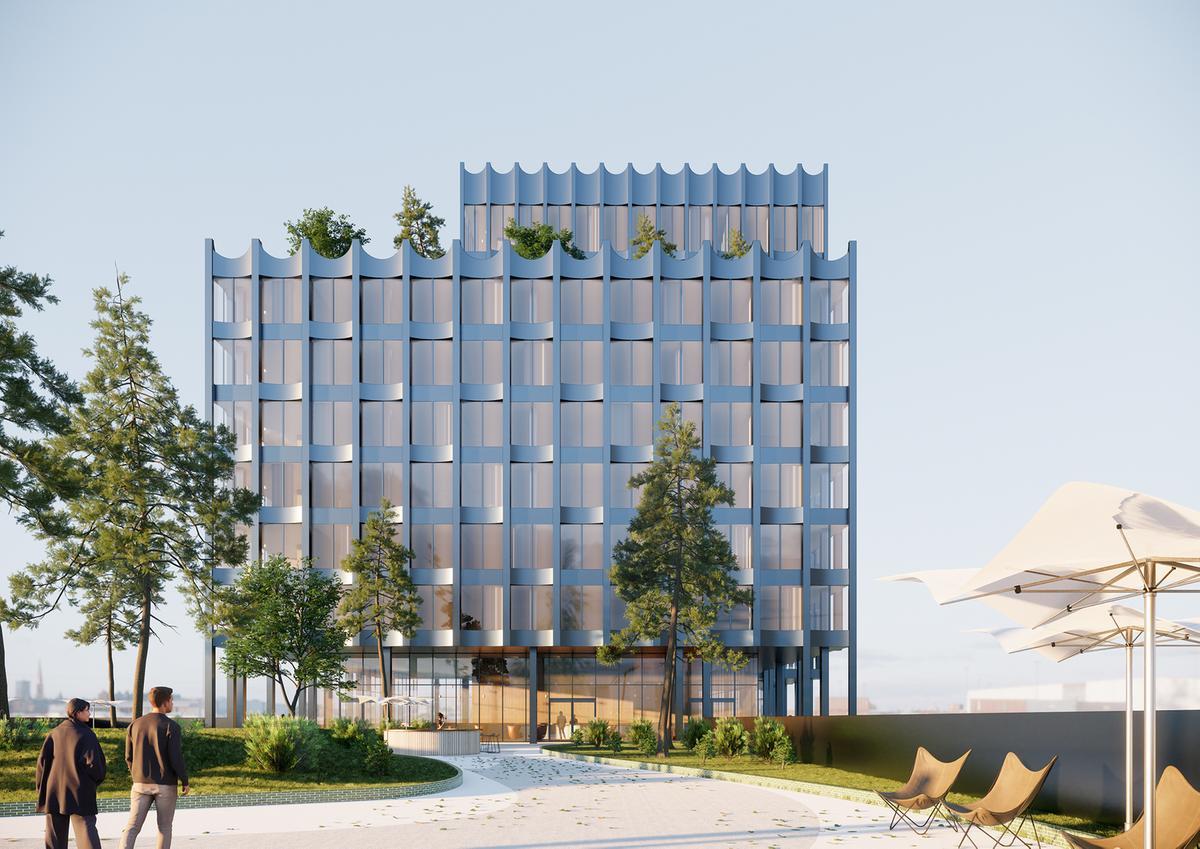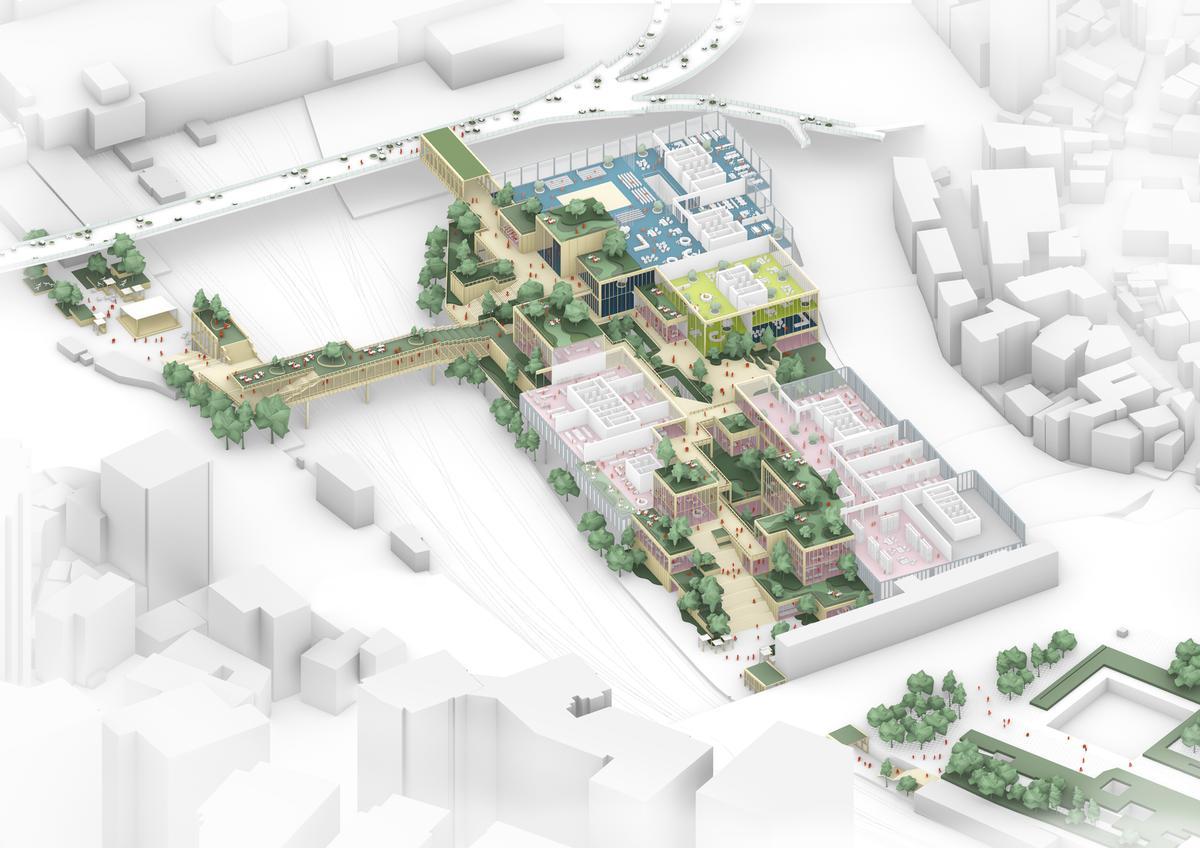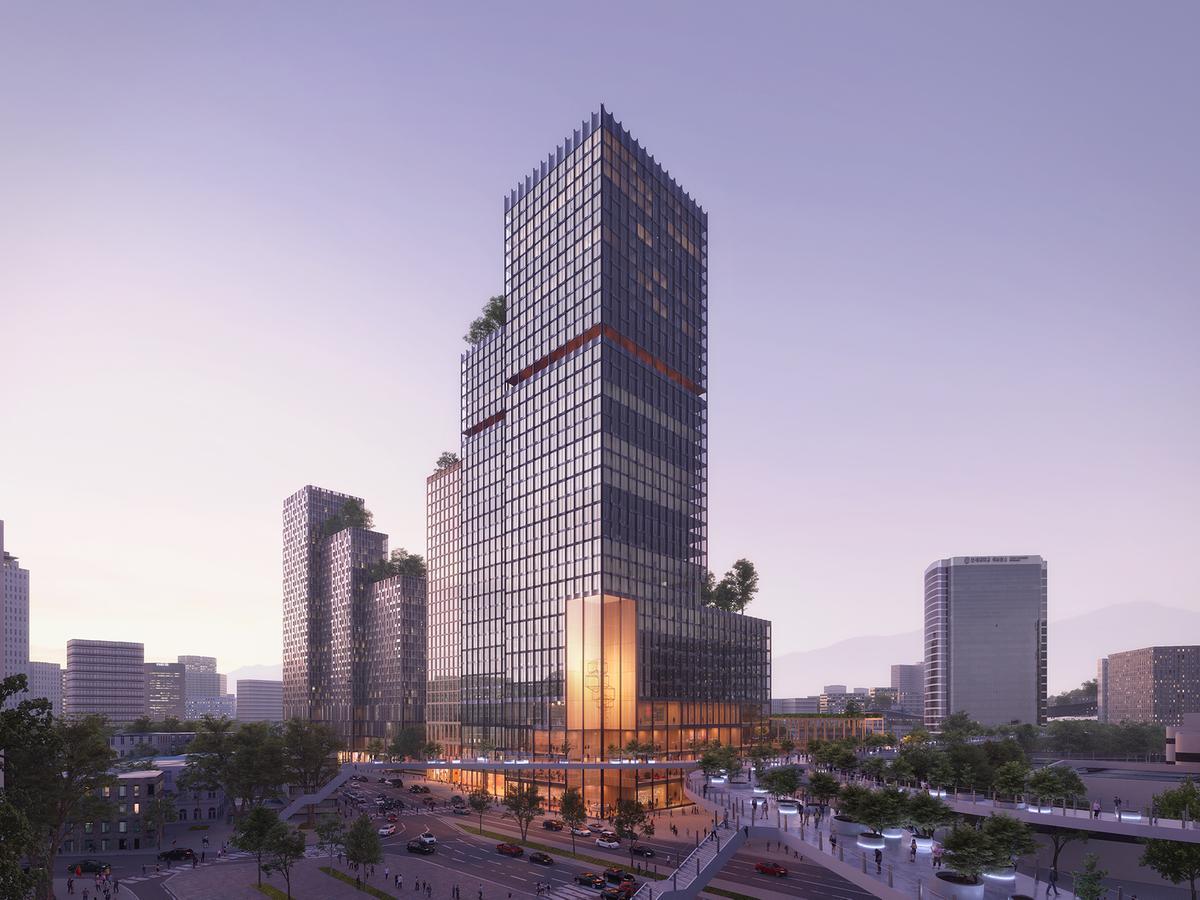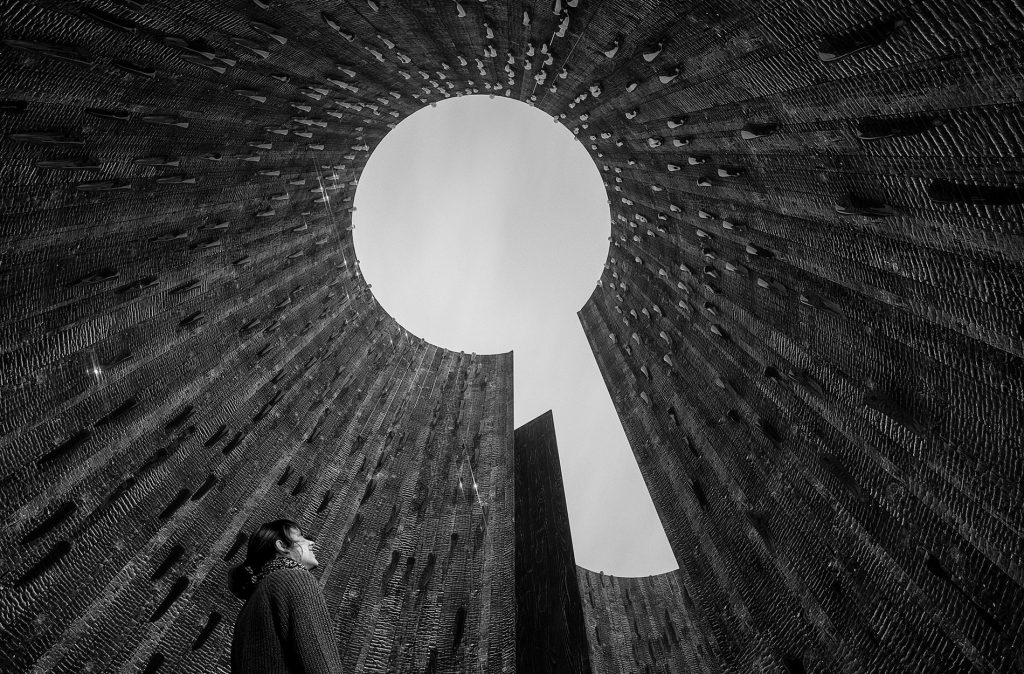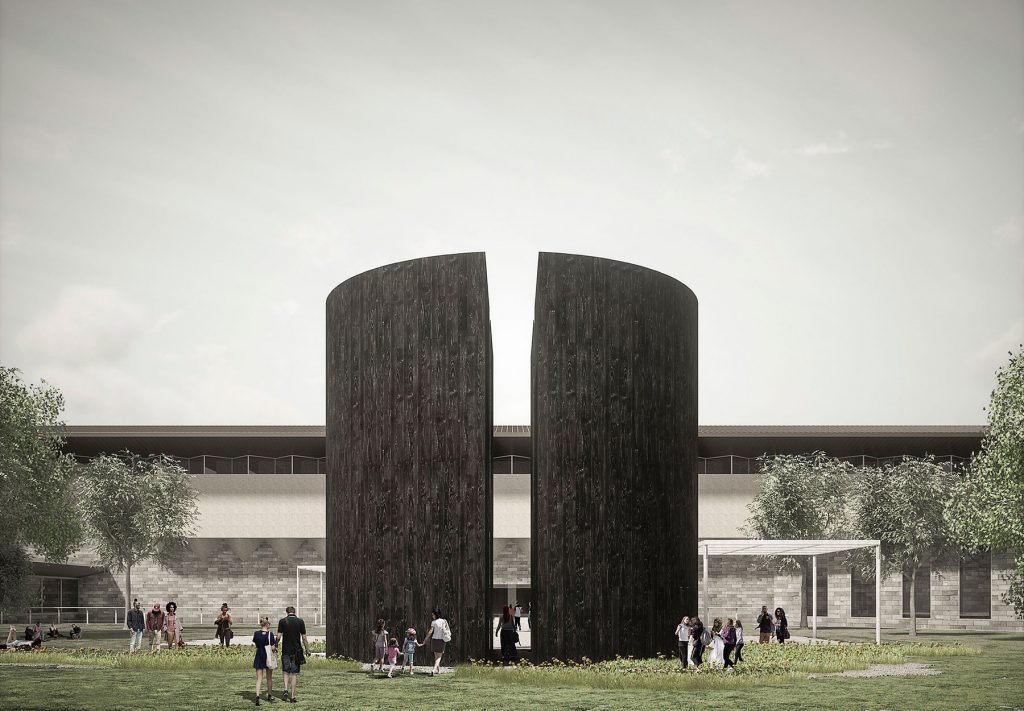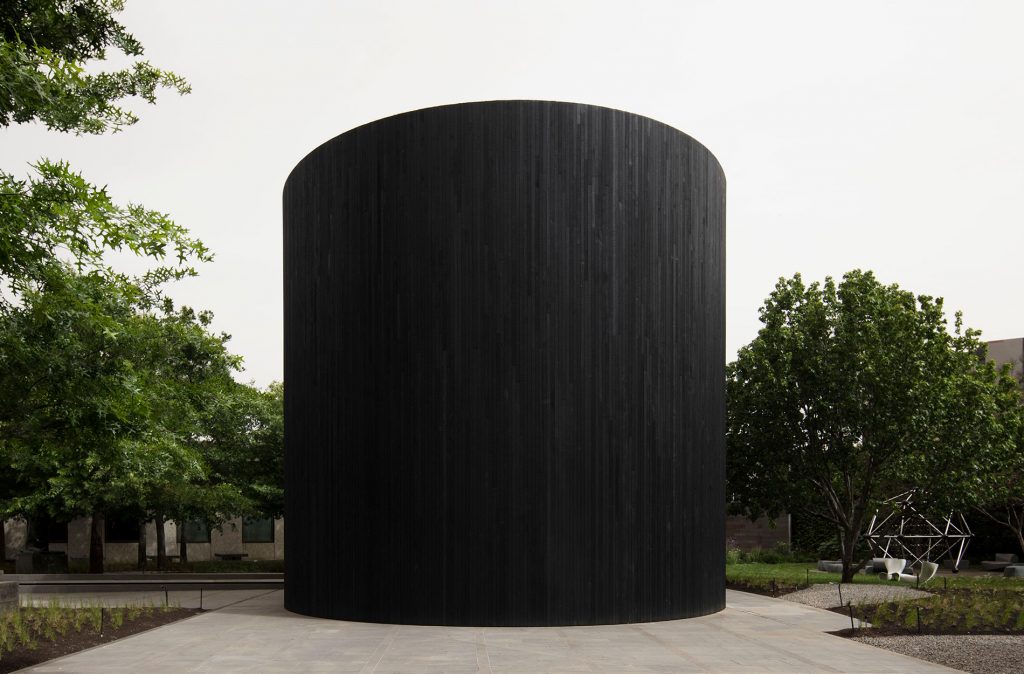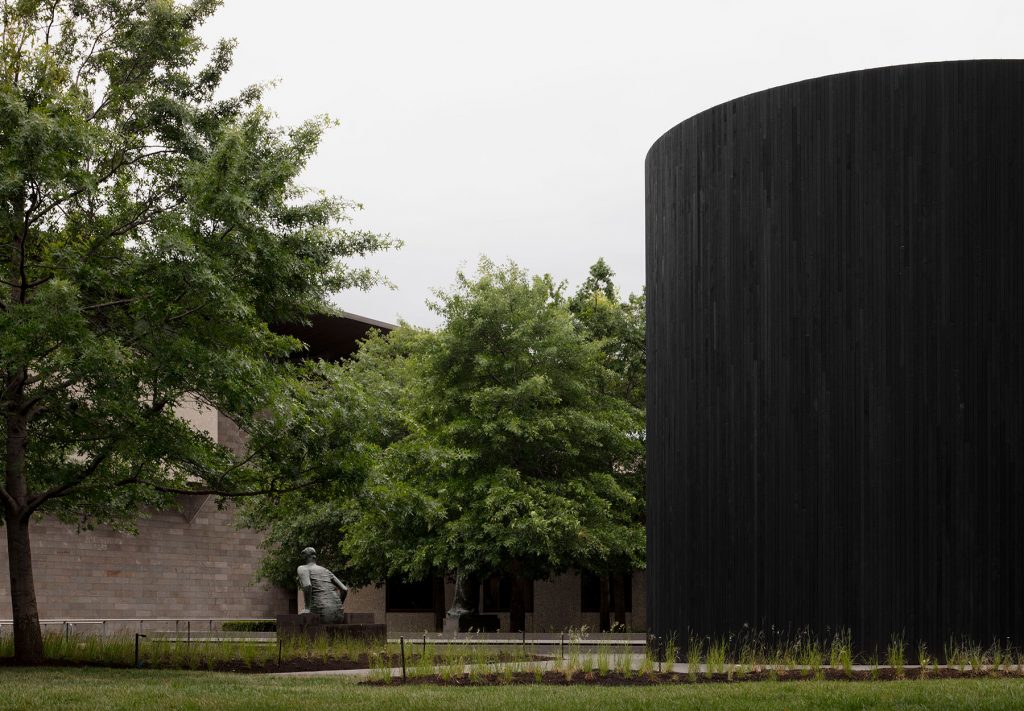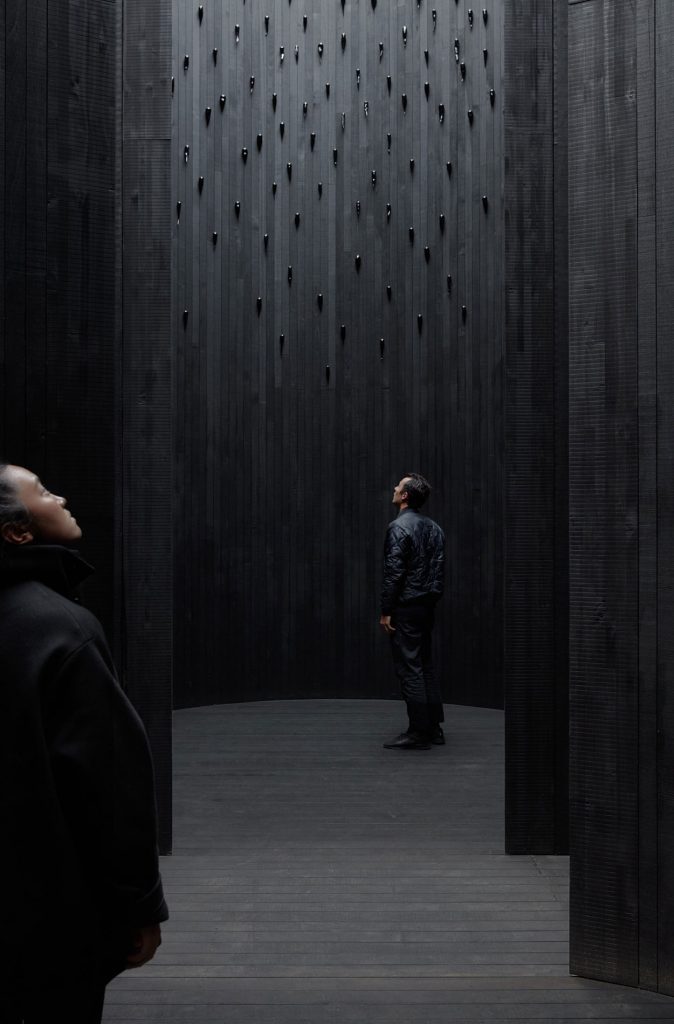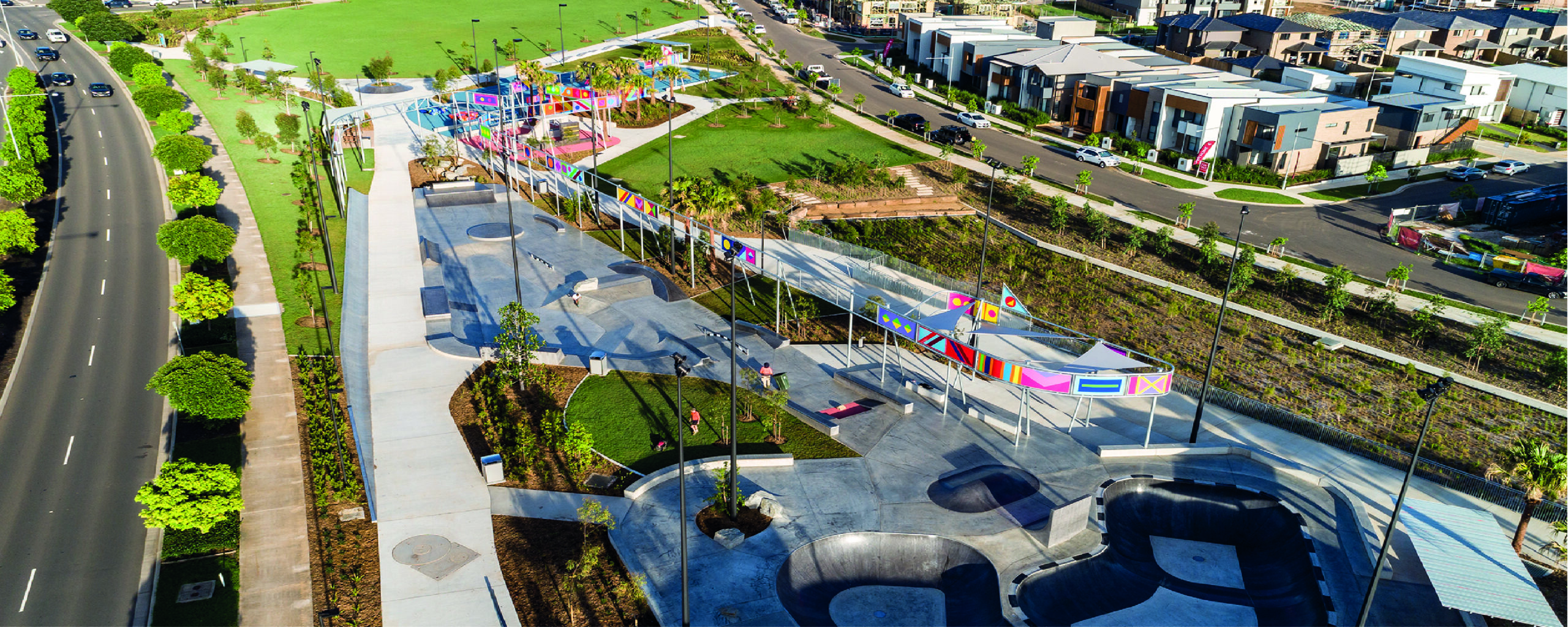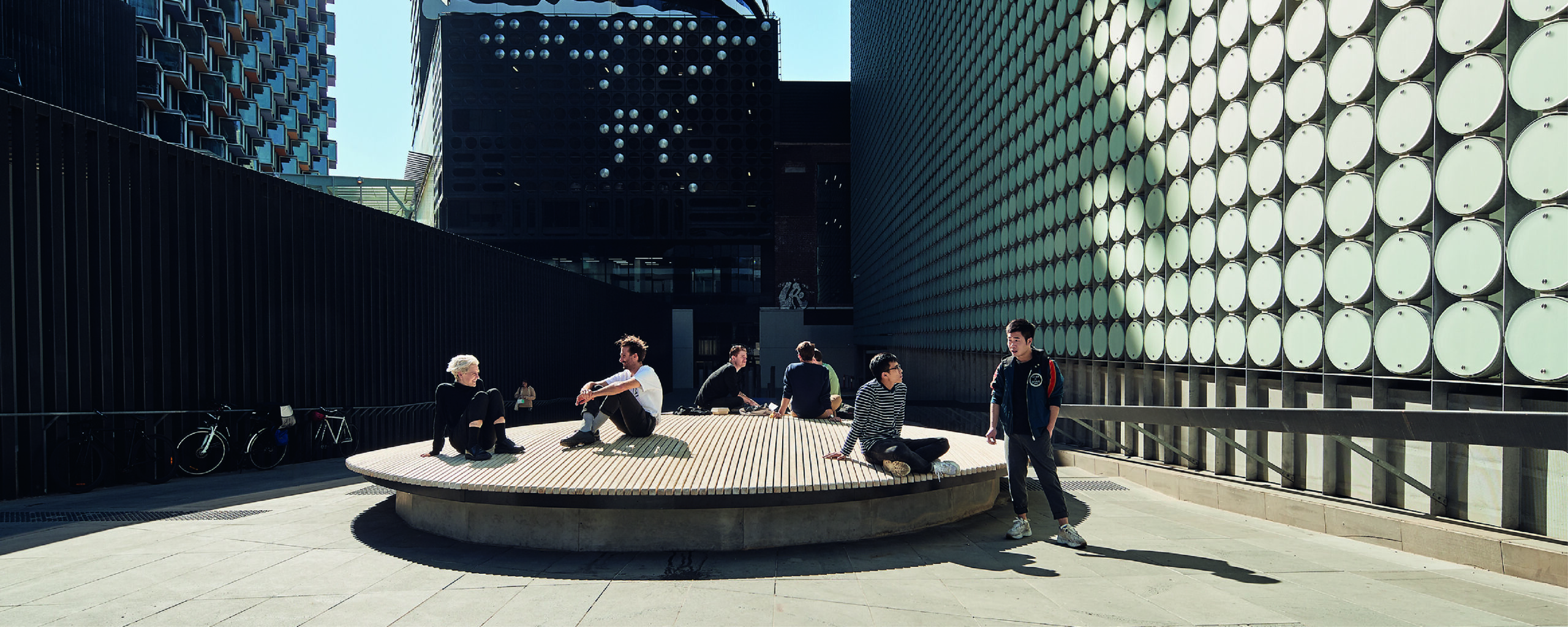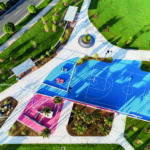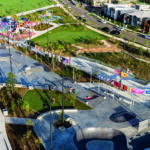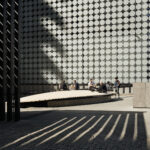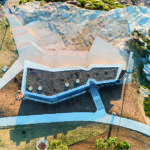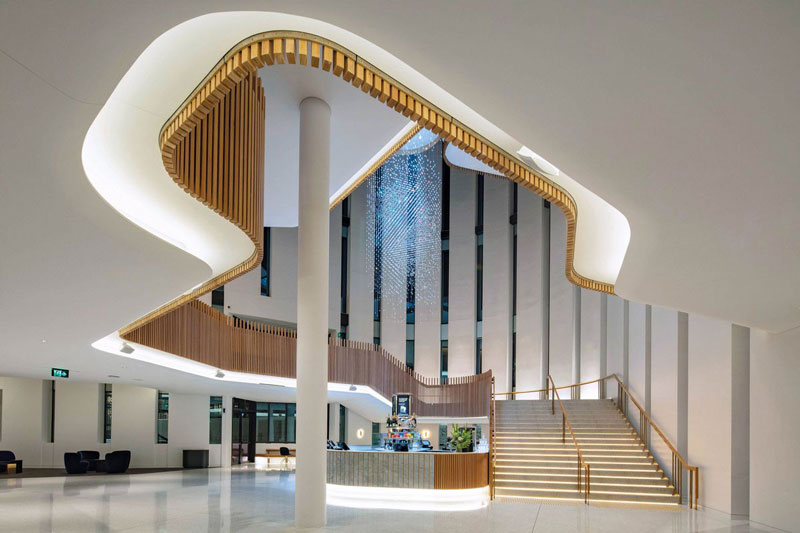
Australian projects feted in 2021 Inside awards
Ten Australian projects are among the finalists of the 2020/21 Inside World Festival Interiors Awards. More than 100 finalists across 11 categories have made the cut, including bars, restaurants, hotels, workplaces and homes.
The shortlisted practices will present their projects to juries during the Inside festival, co-located with the World Architecture Festival, which will be held in Lisbon from 1 to 3 December.
Australian projects fared well in the Workplace (large) category, making up close to one-third of the shortlist.
“This year’s entries are the strongest we have ever had, and we look forward to seeing the finalists in Lisbon,” said Paul Finch, director of the World Architecture Festival program.
Category winners will then compete with each other for the title of World Interior of the Year.
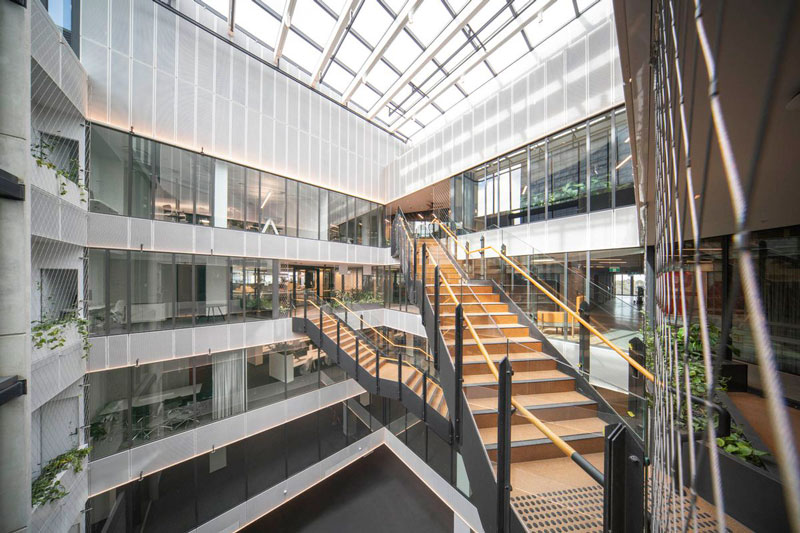
The Australian finalists
- Education
UTS Central – FJMT - Health and Fitness
The Gandel Wing – Bates Smart - Public Buildings
Sydney Coliseum Theatre – Cox Architecture - Retail
David Jones Elizabeth Street – Benoy
Sarah and Sebastian – Russell and George
- Workplace (large)
Arup Sydney – Hassell
CBA Axle South Eveleigh – Woods Bagot
Flinders Gate NextHome – Decibel Architecture
Transurban Melbourne – Hassell
- Workplace (small)
Smart Design Studio – Smart Design Studio
written by : ArchitectureAU Editorial
27 Jul 2021
published in : architectureau.com
Last Posts

Chandon Australia by Foolscap Studio

LINA Architecture Platform Program

IN BED Armadale Store by Flack Studio
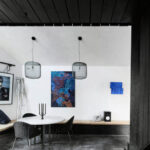
Host House by Splinter Society Architecture
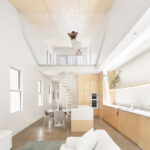
Thomson House by C.Kairouz Architects
